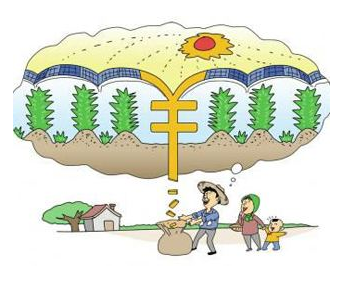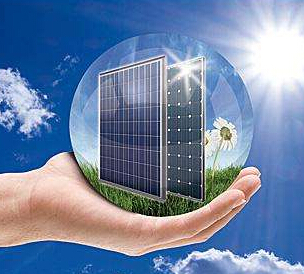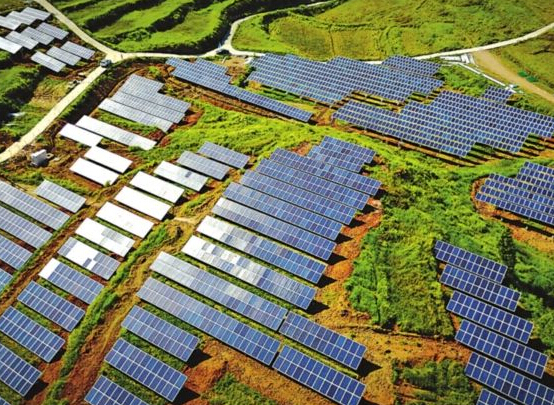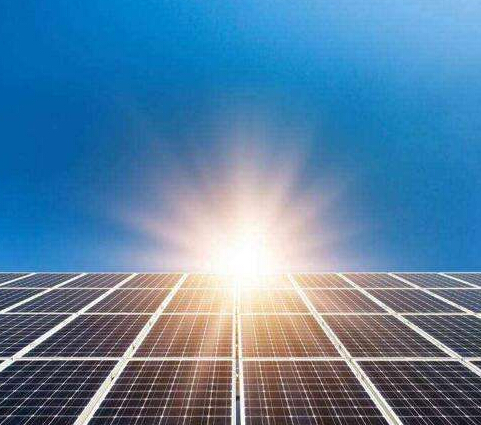By bringing stable income, improving production and living conditions, and increasing employment, the photovoltaic poverty alleviation industry has become a "hardcore crop" in the "three-region and three-state" deep poverty-stricken areas.

The data shows that the photovoltaic poverty alleviation industry has brought stable income to farmers and herdsmen. The so-called "hard-core crops" that protect the income from droughts and floods "do not eat food or grass, and earn income as long as there is the sun", which has a strong effect in helping to alleviate poverty. There are 11 new photovoltaic solar power stations built in the photovoltaic poverty alleviation project in Tori County, Xinjiang, involving 7 towns and 22 poor villages, with a total installed capacity of 10.109 MW. State Grid Tacheng Power Supply Company will distribute the full amount of grid-connected electricity to the poor households in batches, and each year 3,000 poor households will receive a subsidy of 3,000 yuan. Photovoltaic power stations not only bring stable income to poor households, but also solve the problem of farmers and herdsmen having no electricity for production and living, and provide employment opportunities such as operation and maintenance of the site and cleaning of components.
According to reports, photovoltaic poverty alleviation projects have the characteristics of one-time investment, short construction period, and quick results. The photovoltaic power generation benefit funds have been quantified to the village collective and poor households, becoming the fourth income-increasing path beyond planting, breeding, and labor services. This year, the state requested 80% of the photovoltaic poverty alleviation proceeds to create poverty alleviation public welfare posts, and the number is expected to reach 1 million in the first half of the year.
















 RCCN WeChat QrCode
RCCN WeChat QrCode Mobile WebSite
Mobile WebSite







